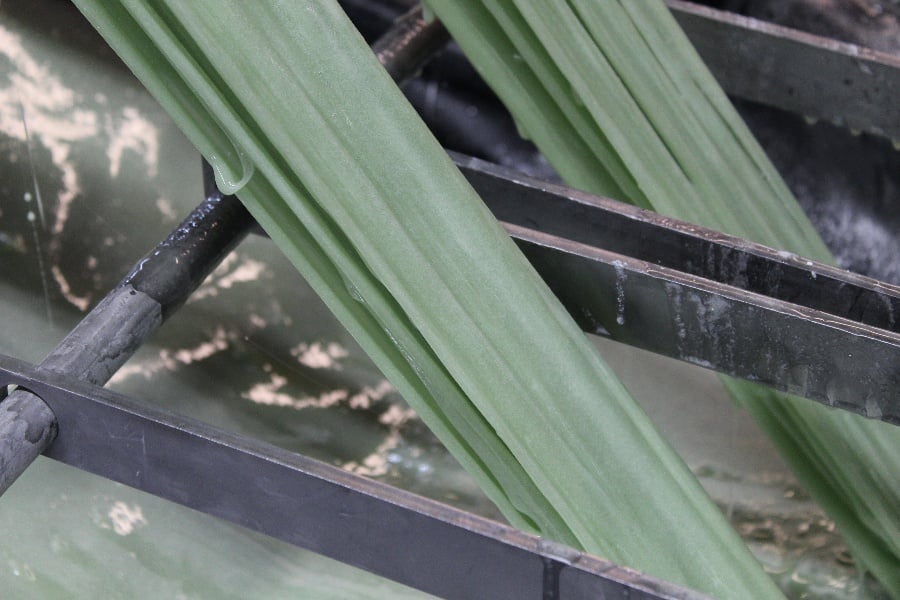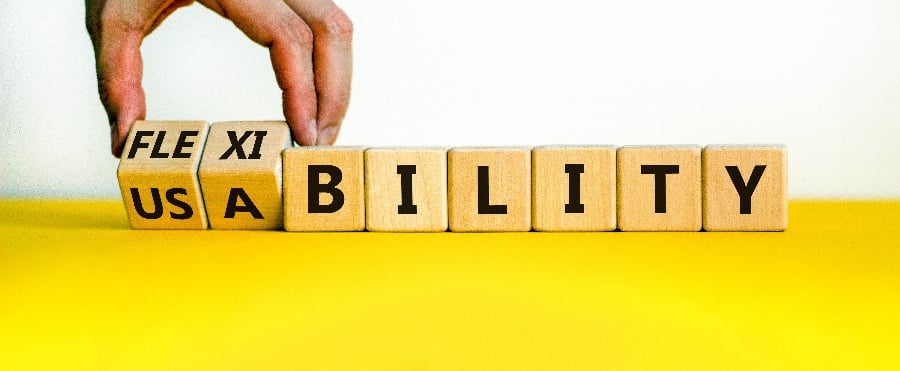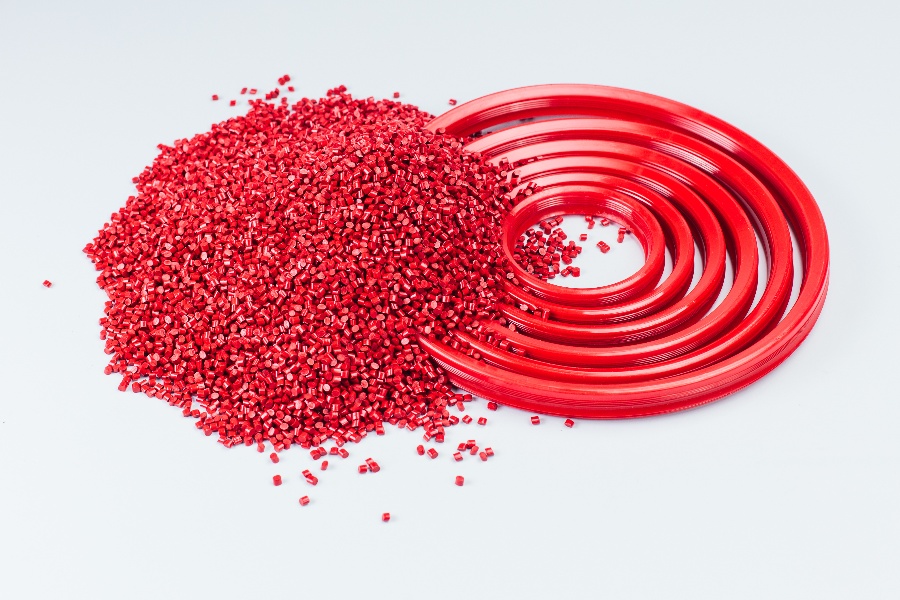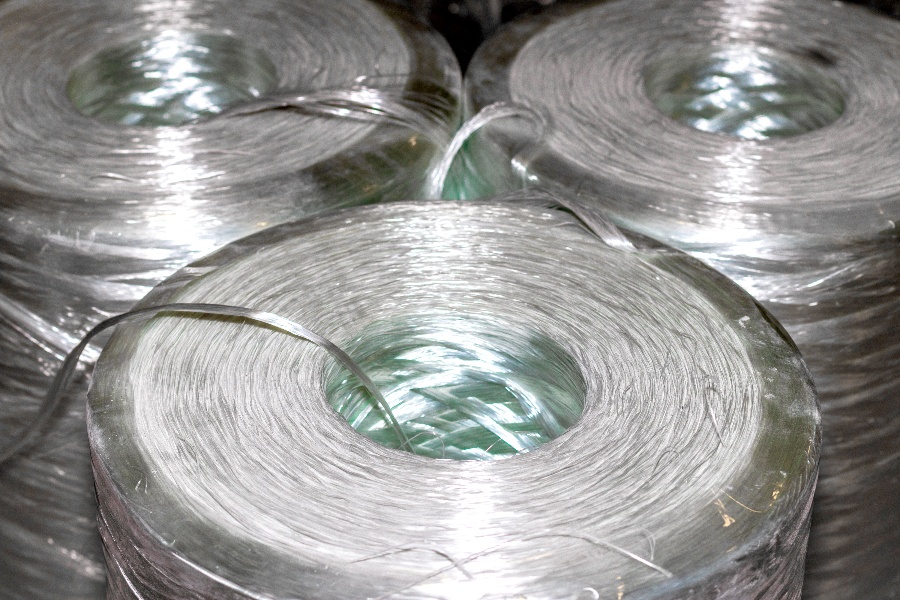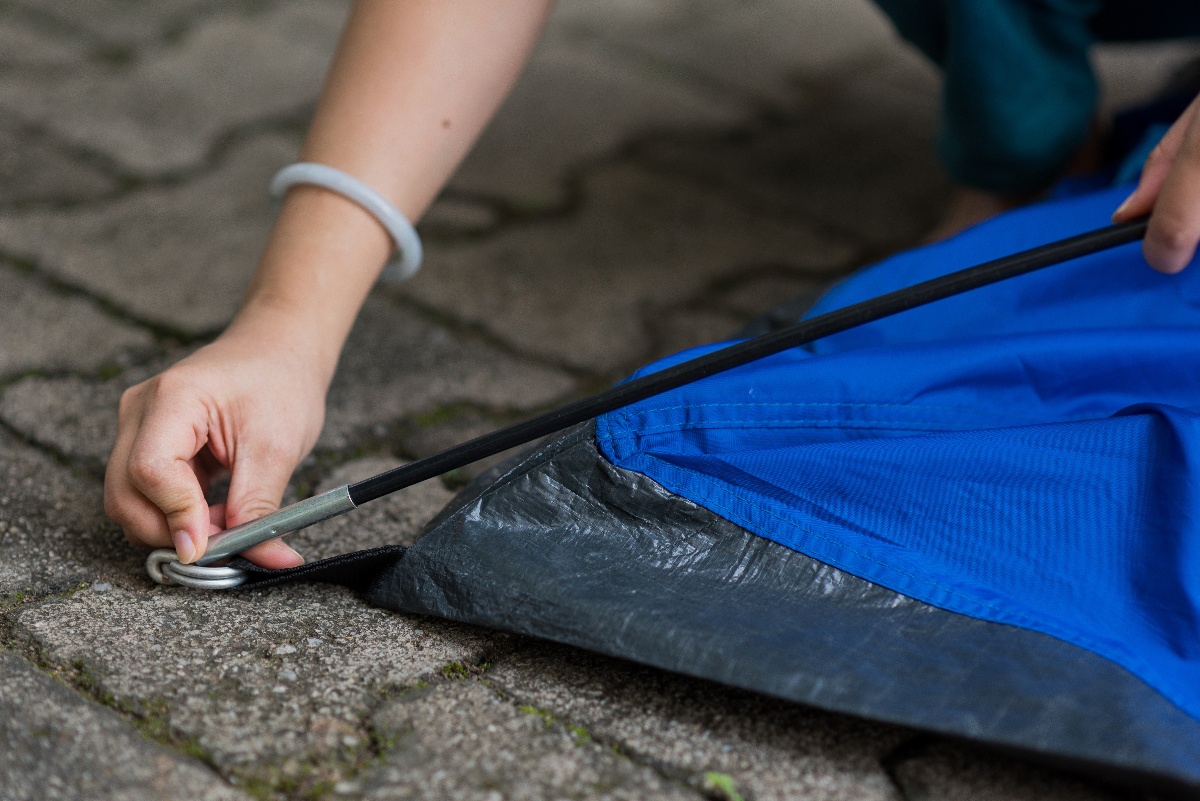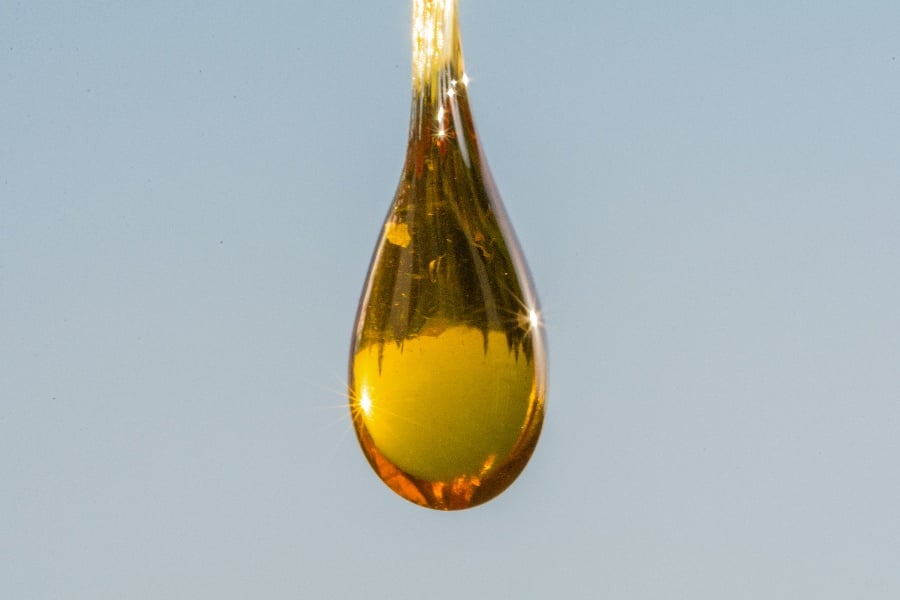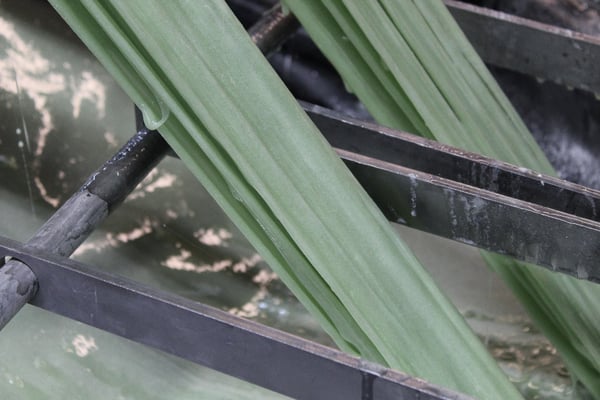
Pultrusion, refers to a continuous or uninterrupted process that utilizes fiber reinforcements or other resin matrix's to produce cross-sectional materials. Pultrusion is a combination of two terms, ‘pull’ and ‘extrusion.’ The procedure involves pulling the raw materials, as opposed to extrusion, which works through pushing.
The first time to be unveiled to the public was in the year 1951, meaning that it has not been in the market for a long time. People associate pultrusion with W. Bandit Goldsworthy.
He is acknowledged as the inventor of this process because he promoted the spread of pultrusion knowledge to other people. He died in 2003. Even after his death, the process continues to develop, grow, and improve up to date.
Pultrusion Process
As mentioned above, Pultrusion involves pulling of fiberglass through the liquid resin for reinforcement. Some of the various types of resin include polyester, phenol, vinyl ester, epoxy, or polyurethane.
The resin soaks and permeates the unfinished product. The material spools and the reinforcements are put into the machine, which is known as tension roller to start the process. The roller begins by shaping the materials into the various forms of the final product.
A surface veil may be included in this step to prevent erosion or fiber bloom. It also makes fiber resistant to corrosion and ultraviolet. At this point, pigments to impart and enhance the final color of the product may as well be added.
With the attachment of the resin base, the combination of the resin and the fiberglass is then passed through a heated and molded die using a specific pulling device. The process is known as polymerization.
The heated die is vital in the pultrusion process because it helps in creating a hard substance that is similar to the shape of the die. The product is then heated into a lasting and rigid reinforced structural form.
The final product of the firm profiles is then moved along a pull mechanism. The profiles are cut into appropriate lengths using a cutting saw, and the pultrusion process comes to an end with the final product being fiberglass reinforced polymer.
Raw materials used in the pultrusion process
Resin
Many types of thermosetting and thermoplastic resin systems are used in the pultrusion process and they include the about to be mentioned:
- Unsaturated vinylester
- Epoxy
- Unsaturated polyester
- Phenol-resins
- Methacrylate resins
- Polyurethane
- Thermoplastics
Unsaturated Polyester Resin
During pultrusion, various types of unsaturated polyester resin are used. They are usually preferred due to their viscosity nature, which makes it easy for them to be filled with kaolin, chalk, or ammonium polyphosphate.
Methacrylate Resin
You can get a wide variety of not less than five types of Methacrylate resin. It has got more benefits than the other standard types of resin.
Some of the many advantages include the following:
- They have high filler content of aluminium trihydrate (ATH), which is up to 200 parts. That means that it highly complies with the strict set standards of fire safety.
- Efficient flame retardancy attribute becomes evident when ATH and ammonium polyphosphate is present.
- Methacrylate Resin is exceptionally reactive, which means that the pultrusion process speed will be relatively high.
- It has a low shrinkage attribute, and this entails that the material has a good quality surface, with no exothermic cracks.
- Another advantage is that you can add pigment on the methacrylate surfaces without any difficulty
Phenol Resins
Phenol resin is the oldest type of resin system. The procedure that is used to produce the material involves condensation of phenols and formaldehyde.
During the making procedure, there is a high risk of cracks and pores because water is released during the curing process. So, phenol resin is likely to cause problems throughout the pultrusion procedure.
It is less flammable, although it has a high flue gas emission. Moreover, it is not possible to add pigment to this type of resin.
Polyurethane
Polyurethane has been successfully used in the pultrusion process since the early 2000s. It is highly resistant to impact and fatigue.
Additionally, it has a low shrinkage rate compared to unsaturated polyesters. The polyurethane profiles are customarily used when the high performance of the structures is needed.
Thermoplastics
Thermoplastic-based profiles have high surface slipping characteristics, but exposing them to heat can lead to their deformity.
They are incredibly resistant to abrasion. Most manufacturing industries utilize Polyethylenes, polyamides, and polypropylenes as matrix materials.
Fiber Reinforcements
The glass, carbon, and aramid fibers highly determine the strength and the rigidness of the end products of the profiles.
Reinforcing Glass Fiber
Glass fiber reinforcements are usually very crucial during the pultrusion process. The silane size typically encircles the glass filaments that enhance the cross-linking with the matrix. During the pultrusion procedure, the use of smooth roving, monofilament, and textured roving is usually practiced.
Woven or Non-woven Fabrics
The above materials of reinforcement are usually utilized to promote the strength of the transverse section. The combination of fiber and non-woven fabrics with versatile layers is created.
Advantages of the pultrusion process:
- Pultrusion is a fast and economical way of impregnating and curing different types of materials.
- The process ensures exact control of the resin content
- The fiber cost expenditure is usually minimal since the high amount of the material comes from the baskets.
- It is easy to close the impregnation area of the resin, and this prevents explosive emissions
- The lamination structural properties are very beneficial as the fibre profiles are not bent, and therefore, a high volume of fibre fractions can be found.
- Pultrusion process produces lightweight profiles, and this results in minimization of the shipping cost. A profile with more than 2000m2 of Z200 can be transported by a usual 40ft container, while one person can manually carry piles with short lengths, and this reduces the cranes’ time.
As above mentioned, the pultrusion manufacturing process is cheaper, convenient, and efficient compared to other alternatives in the market.
It also produces high quality and error-free composites, which ensures that the client goes home with a satisfactory smile. Due to this, it has become popular and on demand in recent years.

